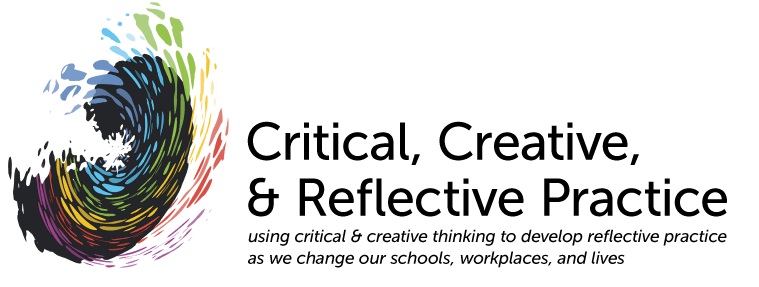
Source: (DeBono, Edward. Six Thinking Hats: an essential approach to business management from the creator of Laterial Thinking, Little Brown and Company, Toronto, 1985.)
(see Graphic 16)
A good thinker can take a broad view of a situation, explore all the facets involved, arrive at a number of alternatives, select one and take action on it. A good thinker is NOT someone who says, "These are the only two alternatives I can think of-- that's it." Each of the six thinking hats requires doing a deliberate kind of thinking. A person assumes a particular thinking role and stays within its parameters:
1.Yellow Hat: This is an attitude that moves ahead of a situation with positive hope.
Yellow Hat is:
sunshine, brightness, optimism
focused on benefit
constructive thinking and making things happen
the value of "if"
visions and dreams
speculative and opportunity-seeking
2. White Hat: Just the facts please!
White Hat thinking is a way of asking for the facts and figures to be put forward in a neutral and objective manner. (Judges and courtroom lawyers find the White Hat idiom most convenient). White Hat thinking asks such questions as:
Is it a fact or a belief?
Is it a fact or a likelihood?
Are there any facts?
How true is a fact?
3.Red Hat: Wearing this hat permits the thinker to say, "This is how I feel about the matter."
Red Hat represents the emotions in thinking. Emotions don't have to be logical or consistent. Red Hat is the opposite of seeking neutral, objective information. It thinks in terms of:
hunches
intuitions
impressions
no need to justify, give reasons ; resist this temptation
("Don't ask me why. I just don't like this deal.")
4. Green Hat: A creative, lateral thinker.
Green Hat deliberates creation of new ideas, alternatives, alternatives, and more alternatives! Green Hat promotes:
change
new approaches to problems
new ways of looking at things
humor and lateral thinking (attitudes, idioms, techniques for generating new ideas)
routes, options, choices
provocation!.. getting ourselves out of our usual ways of looking at things
5.Blue Hat: This is the "control" hat.
Blue Hat says, "At this point we need to look at priorities. It monitors use of the other hats, sets the focus and defines problems. Blue Hat is:
thinking about thinking (metacognition)
instructions for thinking
organization of thinking
control of other hats
observation, summary, overview
6. Black Hat: This hat is specifically concerned with negative assessment.
The premise here is that a thinker must have an opportunity to be negative or contrary (something akin to negative brainstorming: e.g., finding everything you can that's wrong with an idea or solution). Black Hat is:
the logical negative
why it won't work
it doesn't fit our knowledge and experience
the pessimistic or doubting point of view
why one thing does not follow another
must be logical and truthful -- but do not have to be fair
(Original page by Mary Frangie)
